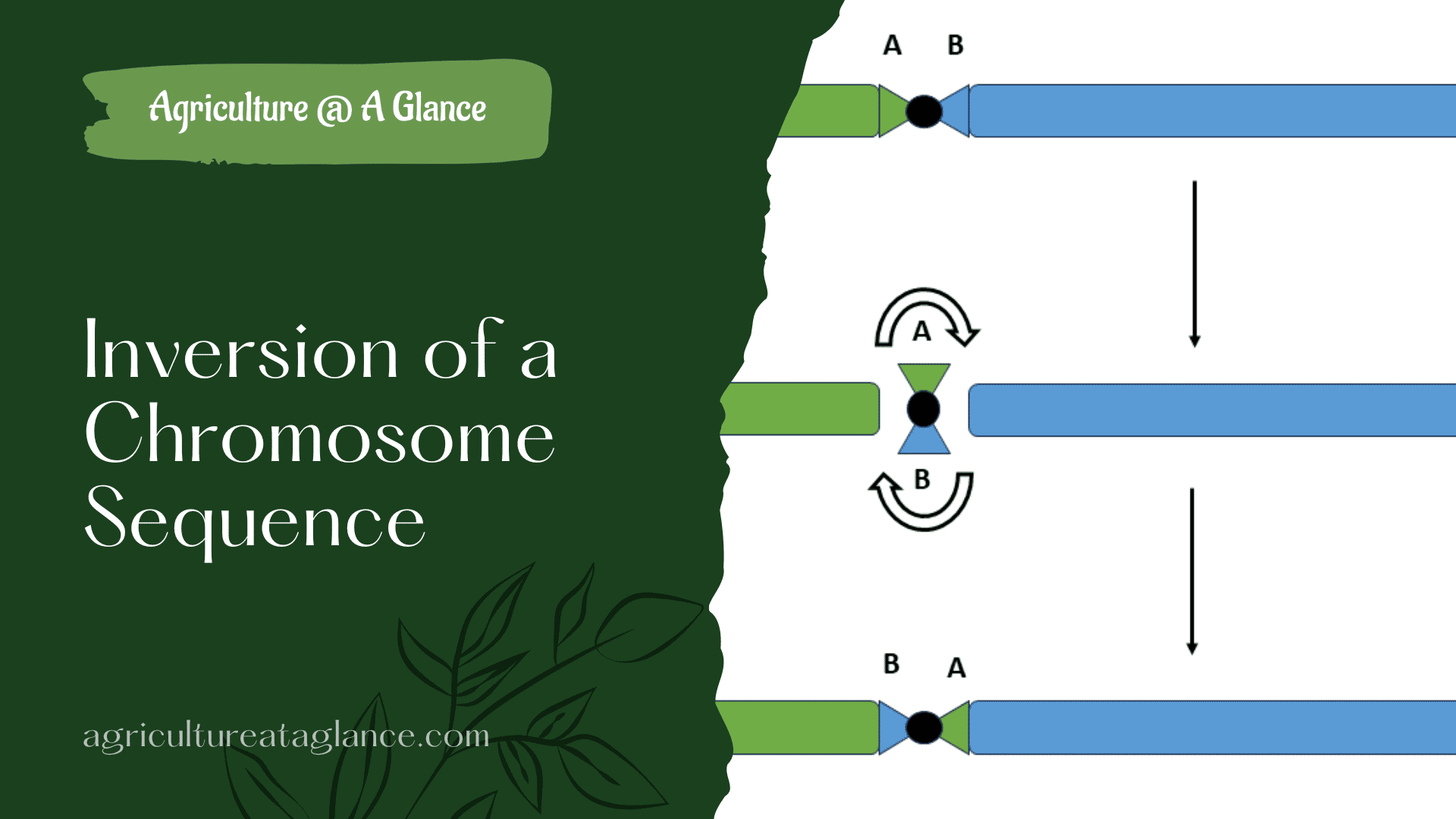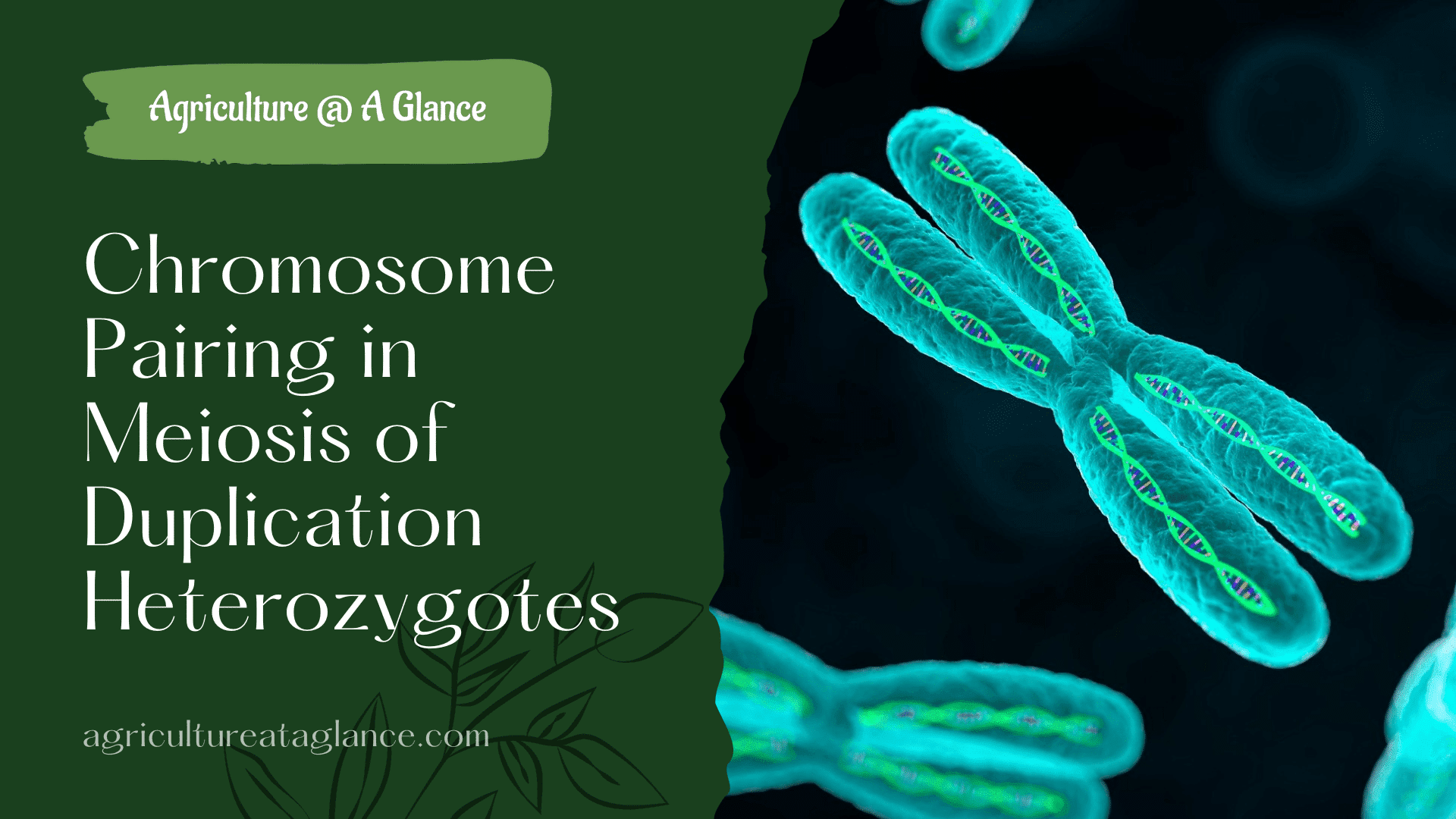Normally an anticodon(present in RNA) recognized in one codon, but sometimes in anticodon recognize more than one codon, this is known as wobbling.
- Wobbling normally occurs in the 3rd nucleotide of codon.
- First base U can recognise A or G, First base G can recognise U or C and First base I can recognise U,C,A.
- When mRNA binds with tRNA an amino acid is aligned on the mRNA template.
- First 2 bases of codon and 2nd and 3rd base pairs of anticodon are normal.

Normal traditional base pair is observed between the 3rd base pair of codons and the first base pair is anticodon.
Significance of wobble hypothesis
- Our bodies have a limited amount of tRNA and wobble always for broad specificity.
- The thermodynamics stability of a wobble base pair is comparable to that of a watson crick base pair.
- The existence of minimising the damage that can be caused by a misreading of the code for example- if the Leu codon CUU were misread CUC, CUG, CUA during transcription of mRNA the codon would still be translated as Lue during protein synthesis.
- Wobble base pairs are fundamental of RNA secondary structure and are critical for the proper transition of the genetic code.
Inosine(I) can pair with U, C, A in non traditionally and C and G can pair with double hydrogen bonds.



